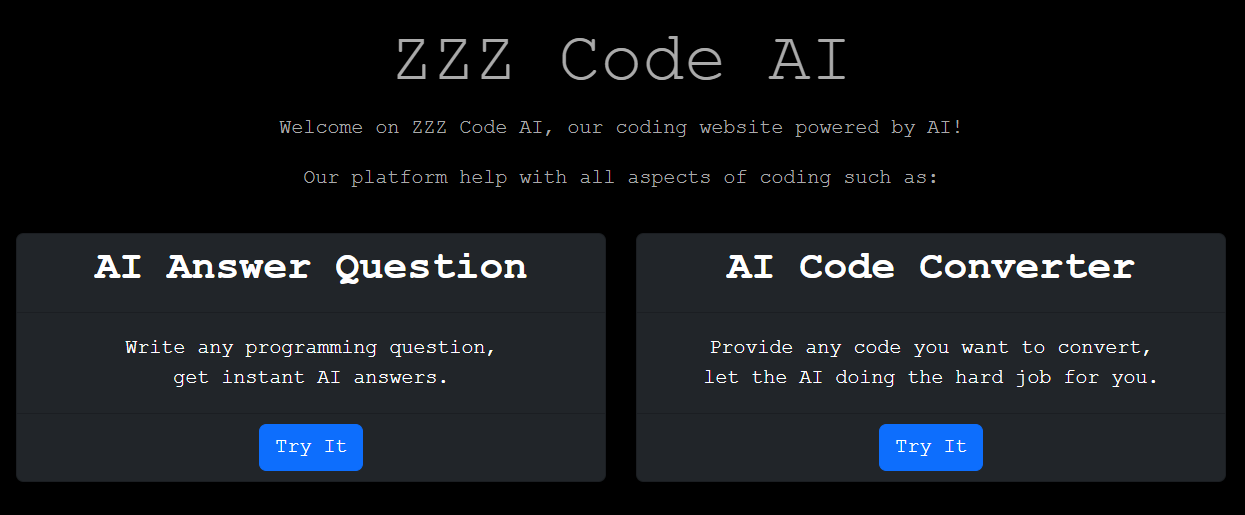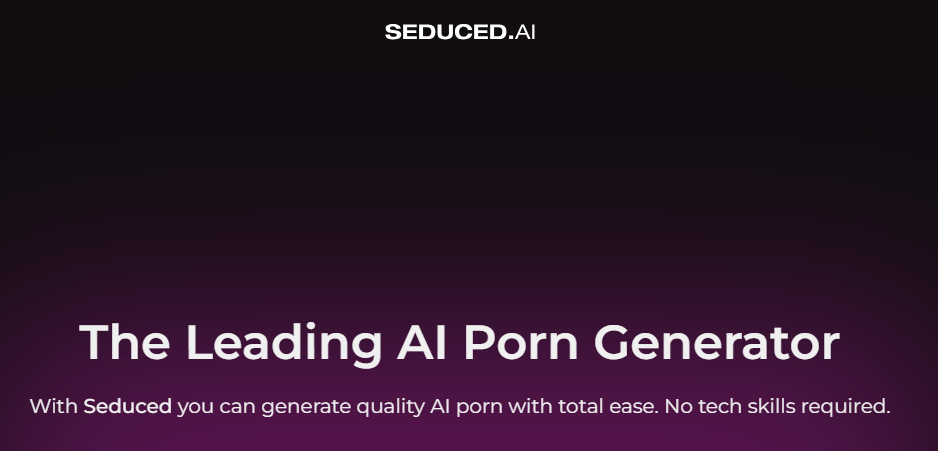AlphaGeometry showcases the increasing capability of artificial intelligence (AI) to think logically, uncover, and validate fresh insights. Successfully tackling complex geometry problems from Olympiad-level competitions represents a significant achievement in advancing profound mathematical reasoning—a crucial step toward the development of more sophisticated and versatile AI systems.
They are making the AlphaGeometry code and model publicly available, encouraging collaboration with other tools and methods in synthetic data creation and training. Their aim is to pave the way for new opportunities in mathematics, science, and AI by fostering open access and shared resources
DeepMind has been a leader in AI for science, while OpenAI excels in Large Language Models (LLMs). DeepMind chose to focus on specialized tasks instead of LLMs. This aligns with Noam Brown’s idea of a ‘general version of AlphaGo Zero,’ where AI can surpass human abilities through self-play and synthetic data.
We’ve seen success in applying this approach to fields like geometry, making it likely that Artificial General Intelligence (AGI) could be achieved by training AI with massive amounts of synthetic data across various scientific disciplines.
This challenges the misconception of ‘model collapse,’ showing that AI training is not like compressing a jpeg but rather a process that can lead to significant advancements.
AlphaGeometry is a special kind of system that combines two main components: a neural language model and a symbolic deduction engine. These components work together to prove complex geometry theorems. Think of it like having two types of thinking: one is quick and intuitive, and the other is more deliberate and rational.
The neural language model is like the quick thinker. It’s great at spotting general patterns and relationships in information, making fast predictions about what might be useful. However, it struggles to provide thorough explanations for its decisions.
On the other hand, the symbolic deduction engine is the more deliberate, rational decision-maker. It follows formal logic and uses clear rules to reach conclusions. While it’s great for providing explanations, it can be slow and less flexible, especially when dealing with large and complicated problems on its own.
Together, these components create a balanced system that combines the strengths of quick, intuitive thinking with deliberate, rational decision-making to tackle challenging geometry problems.
AlphaGeometry offers several potential benefits:
- Advancement in AI Capabilities: The increasing capability of artificial intelligence (AI) to think logically and tackle complex problems. This indicates a potential leap in the development of more sophisticated and versatile AI systems.
- Open Access and Collaboration: By making the AlphaGeometry code and model publicly available, there is an emphasis on fostering collaboration. This open access approach encourages the integration of AlphaGeometry with other tools and methods, contributing to a collaborative ecosystem in synthetic data creation and training.
- Innovation in AI Research: Highlighting DeepMind’s focus on specialized tasks and OpenAI’s excellence in Large Language Models (LLMs), the content introduces a unique perspective on AI research. The alignment with Noam Brown’s vision of a ‘general version of AlphaGo Zero’ suggests innovative paths for AI development, exploring the potential of self-play and synthetic data.
- Overcoming Misconceptions and Advancing AGI: The success in applying the self-play and synthetic data approach to fields like geometry challenges misconceptions, particularly the notion of ‘model collapse.’ This success story implies that training AI with massive amounts of synthetic data across various scientific disciplines could be a stepping stone toward achieving Artificial General Intelligence (AGI).
- Specialized System Architecture: The introduction of AlphaGeometry as a system combining a neural language model and a symbolic deduction engine presents a balanced approach to problem-solving. This architecture leverages the strengths of both quick, intuitive thinking and deliberate, rational decision-making, providing a model for tackling challenging geometry problems effectively.
Source – Google DeepMind AlphaGeometry
Latest Posts
-
AlphaGeometry: A High Level AI System Tackling Olympiad Level Geometry Problems

AlphaGeometry is a special kind of system that combines two main components: a neural language model and a symbolic deduction engine. These components work together to prove complex geometry theorems. Think of it like having two types of thinking: one is quick and intuitive, and the other is more deliberate and rational.




Leave a Reply